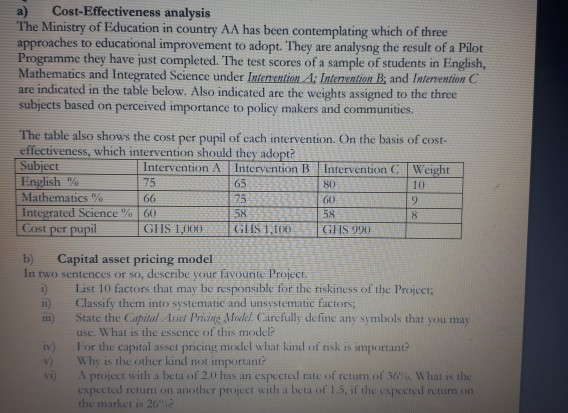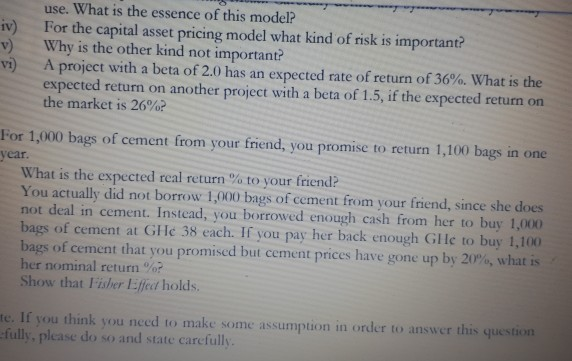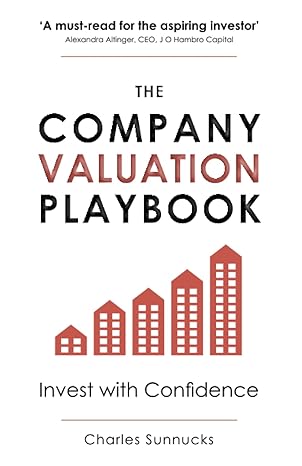Answered step by step
Verified Expert Solution
Question
1 Approved Answer
a) Cost-Effectiveness analysis The Ministry of Education in country AA has been contemplating which of three approaches to educational improvement to adopt. They are analysng


a) Cost-Effectiveness analysis The Ministry of Education in country AA has been contemplating which of three approaches to educational improvement to adopt. They are analysng the result of a Pilot Programme they have just completed. The test scores of a sample of students in English, Mathematics and Integrated Science under Interntion : Intervention B and Intervention C are indicated in the table below. Also indicated are the weights assigned to the three subjects based on perceived importance to policy makers and communities. The table also shows the cost per pupil of each intervention. On the basis of cost- effectiveness, which intervention should they adopt? Subject Intervention A Intervention B Intervention Weight English % 75 65 Mathematics 75 9 Integrated Science % 60 Cost per pupil GHS 1,000 GUS 1.100 GIIS 900 10 66 80 60 58 58 8 b) Capital asset pricing model In two sentences or so, describe your favourite Project 1 List 10 factors that may be responsible for the riskiness of the Project; ii Classify them into systematic and unsystematic factors; State the Capitale Pricine Model. Carefully define any symbols that you may use. What is the essence of this model? For the capital asset pricing model what kind of risk is important? Why is the other kind not important? vi project with a beta of 2.A has an expected rate of return of 36. What is the expected retum on another project with a beta of 15, if the expected return on the market is 26% iv) v) vi) use. What is the essence of this model? For the capital asset pricing model what kind of risk is important? Why is the other kind not important? A project with a beta of 2.0 has an expected rate of return of 36%. What is the expected return on another project with a beta of 1.5, if the expected return on the market is 26%? For 1,000 bags of cement from your friend, you promise to return 1,100 bags in one year. What is the expected real return % to your friend? You actually did not borrow 1,000 bags of cement from your friend, since she does not deal in cement. Instead, you borrowed enough cash from her to buy 1,000 bags of cement at GHe 38 each. If you pay her back enough GHe to buy 1,100 bags of cement that you promised but cement prices have gone up by 20%, what is her nominal return%? Show that Fisher Effect holds. te. If you think you need to make some assumption in order to answer this question -fully, please do so and state carefully
Step by Step Solution
There are 3 Steps involved in it
Step: 1

Get Instant Access to Expert-Tailored Solutions
See step-by-step solutions with expert insights and AI powered tools for academic success
Step: 2

Step: 3

Ace Your Homework with AI
Get the answers you need in no time with our AI-driven, step-by-step assistance
Get Started


